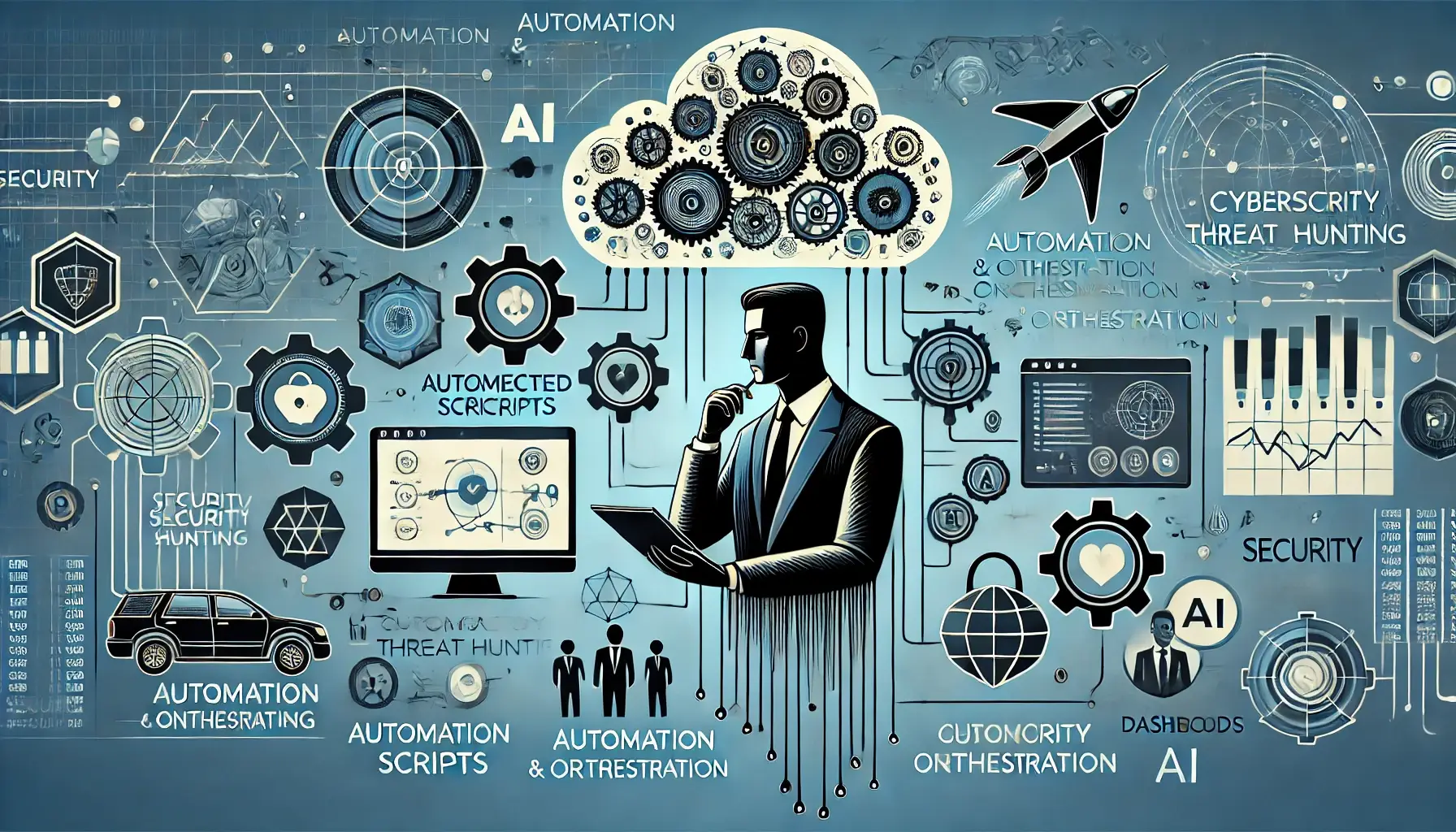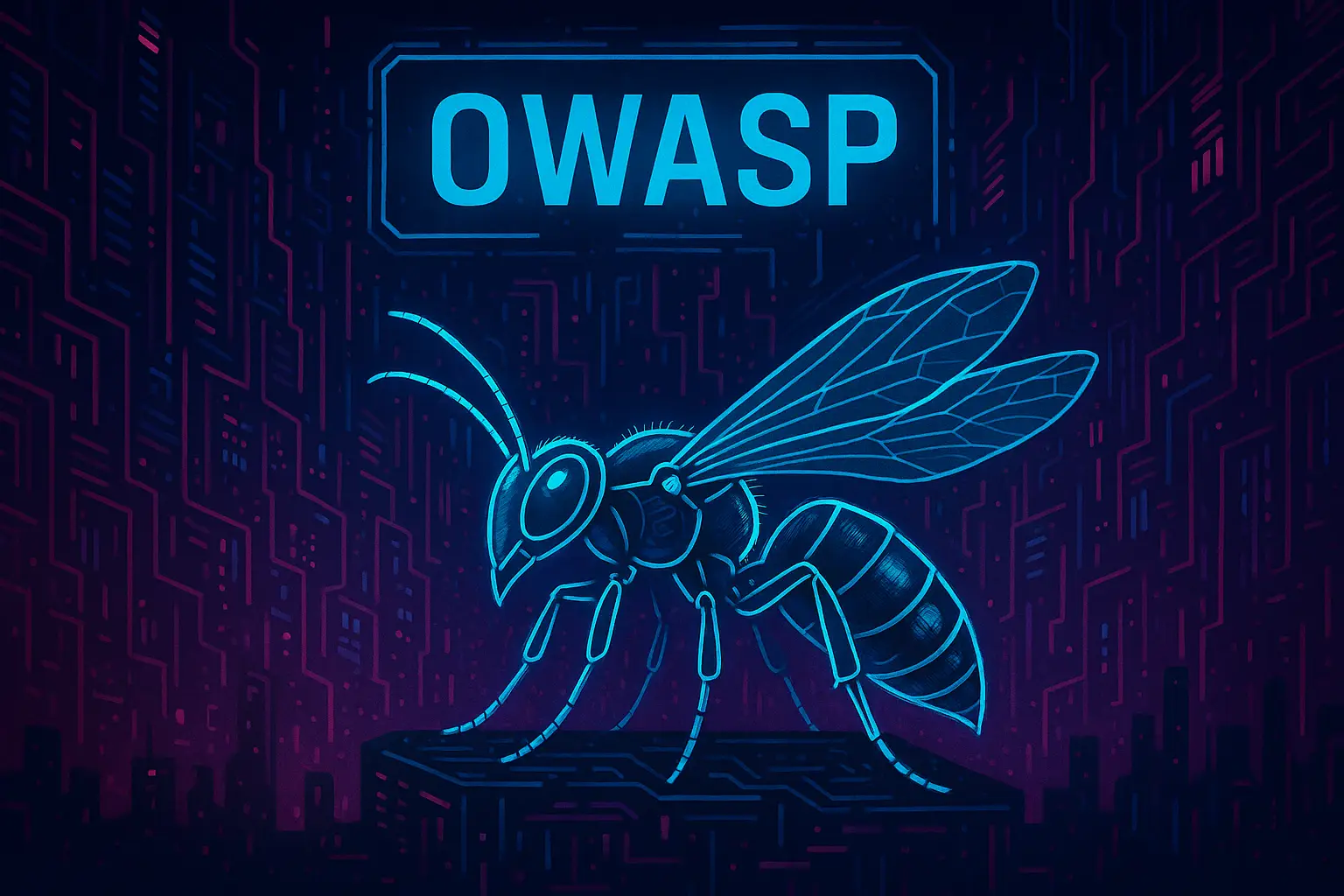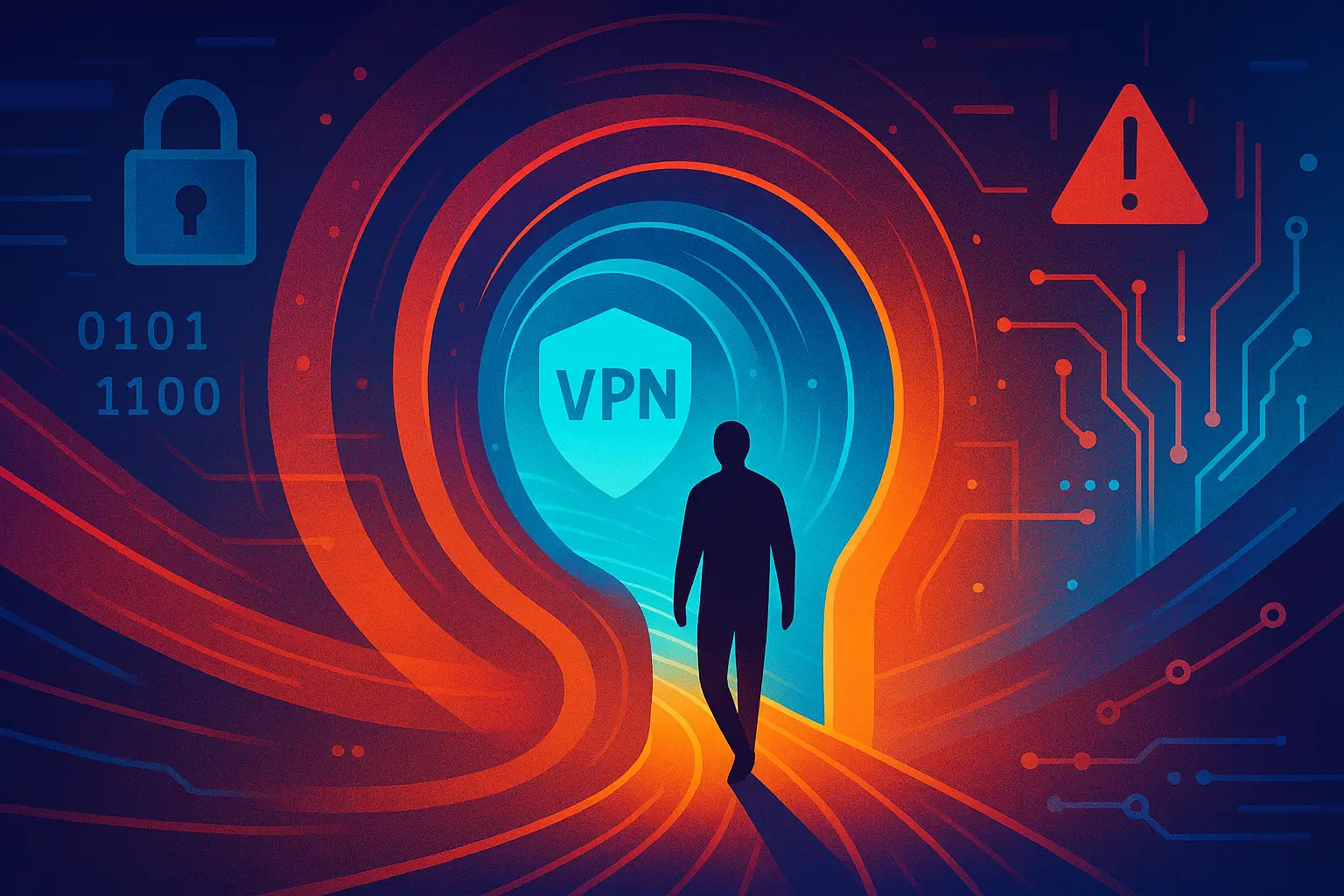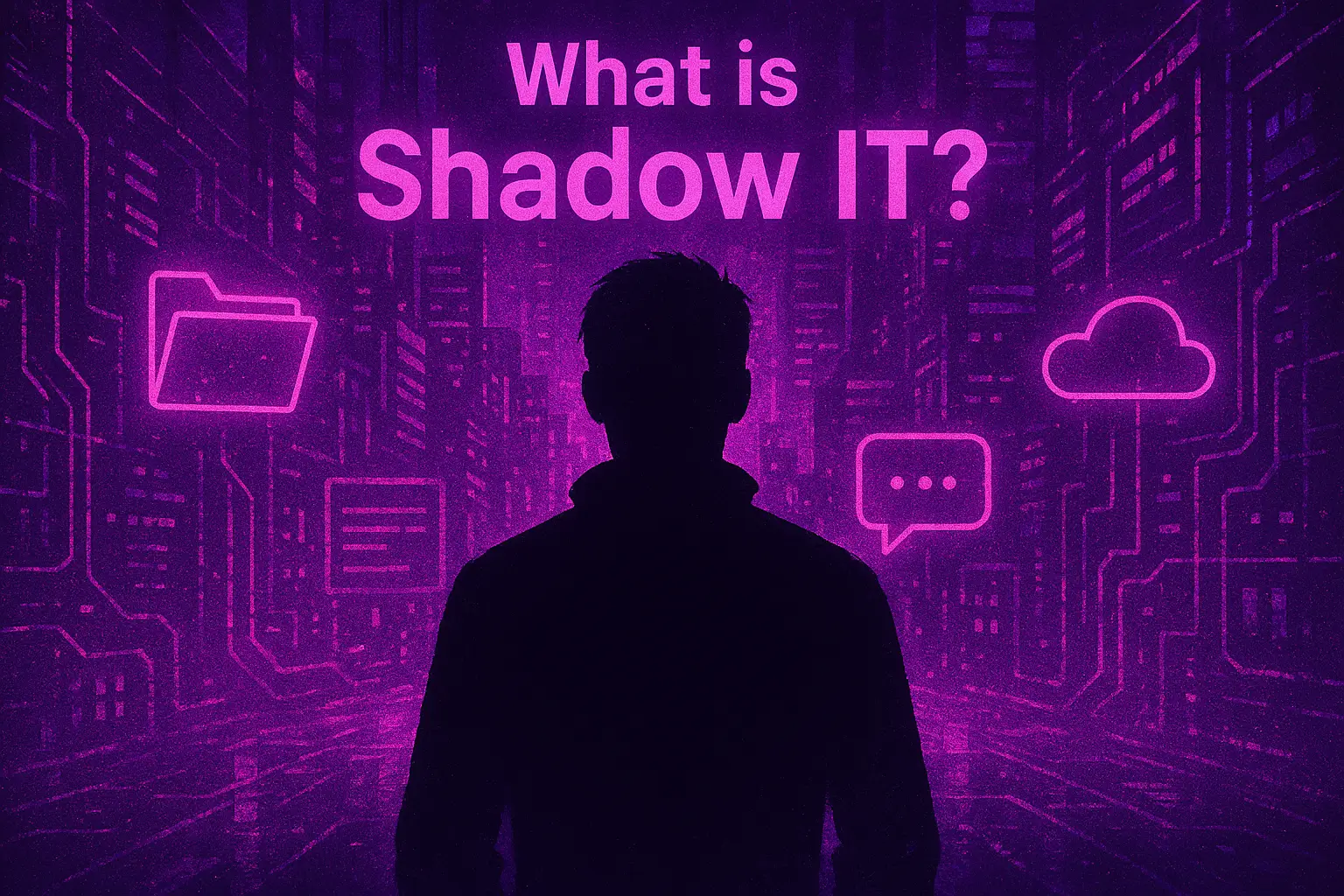Throughout this series, we’ve explored the strategic frameworks, essential tools, and real-world scenarios that define effective threat hunting. Scaling Threat Hunting with Automation and Orchestration delves into the critical strategies of automation and orchestration, revealing how organisations can effectively scale their threat-hunting capabilities without compromising accuracy or effectiveness.
Why Automation and Orchestration Matter
While immensely beneficial, threat hunting can be resource-intensive and challenging to sustain as organisations grow. Manual investigations across vast environments quickly become overwhelming, potentially leading to overlooked threats or operational burnout among security teams. Automation and orchestration alleviate these pressures by streamlining routine tasks, enabling hunters to focus on complex investigations requiring human intuition and expertise.
Leveraging Automation in Threat Hunting
Automation involves using technology to perform routine, repetitive tasks quickly and accurately, freeing human analysts for more profound, strategic activities. Automation is commonly employed in initial data collection (the detection phase) and triage within threat hunting. For instance, automated scripts and tools can quickly aggregate and normalise data from endpoints, network devices, and security logs, dramatically accelerating the initial stages of the hunting process.
A practical example of automation’s impact involves Cyber Defence’s deployment of automated threat detection rules through Sigma. Sigma rules automatically parse logs to flag suspicious behaviour, such as unusual administrative tool usage or unexpected PowerShell scripts to accelerate defence. These rules provide analysts with precise, immediate alerts about potentially malicious activities, significantly cutting down time spent on initial triage and allowing analysts to dive deeper into meaningful investigations.
The Power of Orchestration
Orchestration furthers automation by integrating and coordinating multiple tools and processes into a cohesive workflow. Security orchestration, automation, and response (SOAR) platforms exemplify this approach, seamlessly connecting diverse security tools and data sources to enhance operational efficiency and response times.
A real-world example of effective orchestration comes from a manufacturing client who partnered with Cyber Defence to manage an extensive and distributed network environment. Implementing a SOAR solution enabled the orchestration of endpoint telemetry from CrowdStrike, Zeek network insights, and Splunk Enterprise Security alerts. The orchestration framework automated initial response actions—such as isolating compromised endpoints or revoking suspicious credentials—significantly reducing mean-time-to-response (MTTR) from hours to minutes.
Balancing Automation with Human Expertise
Although automation and orchestration deliver powerful advantages, maintaining the right balance with human expertise is crucial. Threat hunting relies on human intuition, creativity, and critical thinking—qualities no automated solution can fully replicate. Effective threat-hunting automation and orchestration support but never replace human analysis.
For example, during a recent engagement at Cyber Defence, automated tools identified unusual file activities across multiple endpoints. However, human hunters applied additional context, recognising the suspicious actions as part of a highly sophisticated ransomware attack. Human insight led to immediate containment actions, detailed forensic analysis, and proactive defensive measures, ultimately thwarting the attack before significant damage occurred.
Best Practices for Implementing Automation and Orchestration
Successfully scaling threat hunting through automation and orchestration involves clearly defining operational goals, carefully selecting appropriate tools, and developing robust playbooks that integrate automation seamlessly into workflows. Continual refinement based on feedback from threat-hunting teams ensures that automated solutions remain accurate, relevant, and supportive of human-led activities.
Cyber Defence recommends regularly reviewing and updating automated detection rules, maintaining flexible orchestration playbooks, and conducting frequent training sessions to keep analysts adept at leveraging automation effectively within their threat-hunting processes.
Actionable Takeaways
To effectively scale your threat-hunting capabilities:
- Implement automation for routine tasks like data collection and initial triage.
- Use orchestration platforms to integrate multiple tools, streamline workflows, and accelerate response times.
- Maintain the critical balance between automated processes and essential human expertise.
Next Steps
In Part 6, we will explore the future of threat hunting, discussing emerging technologies, advanced threat actor techniques, and how organisations can proactively prepare to face tomorrow’s cybersecurity challenges.






